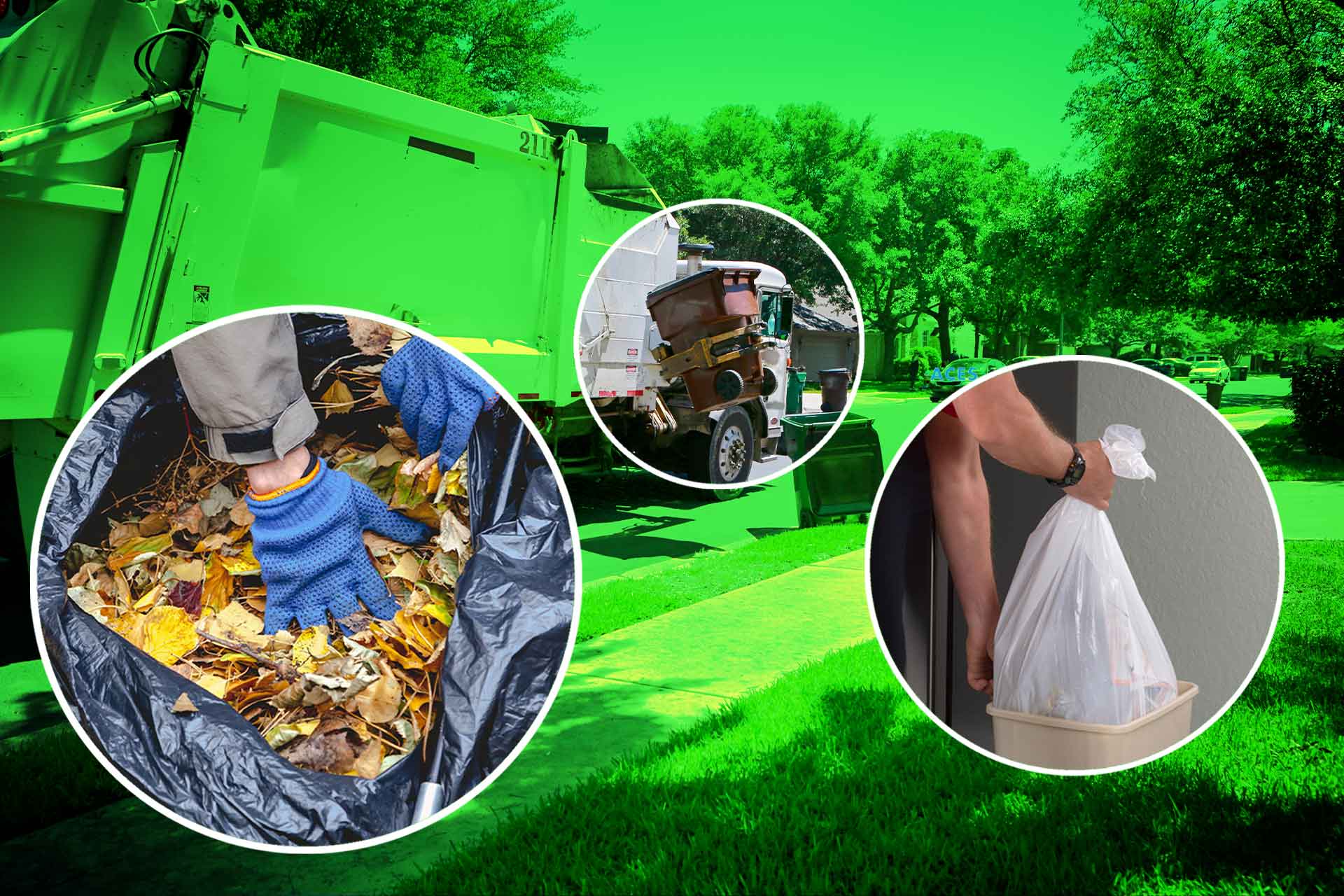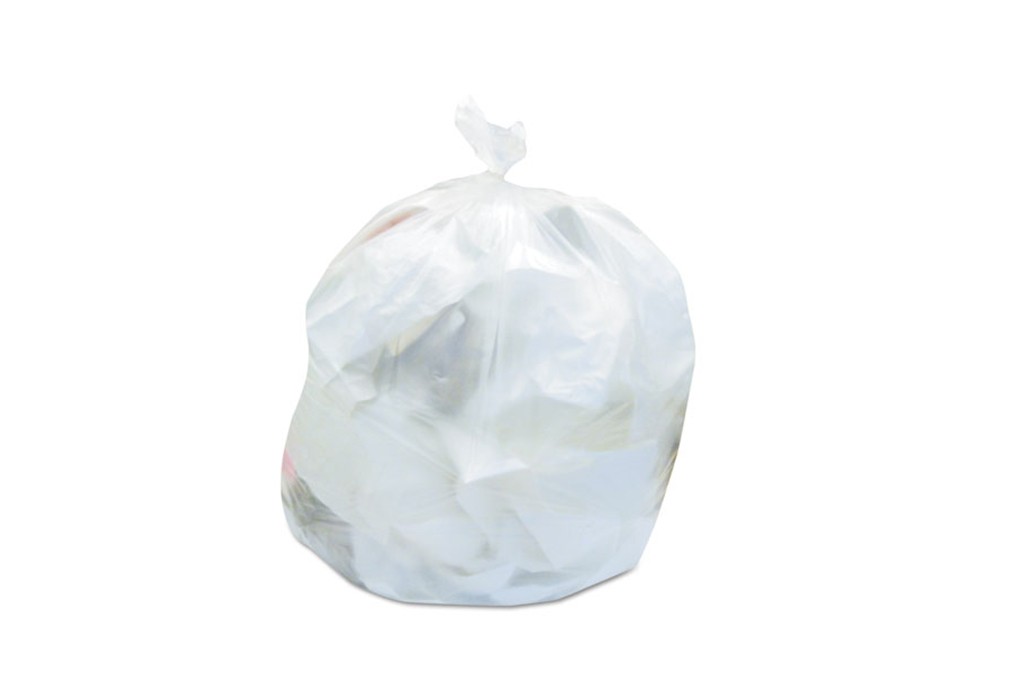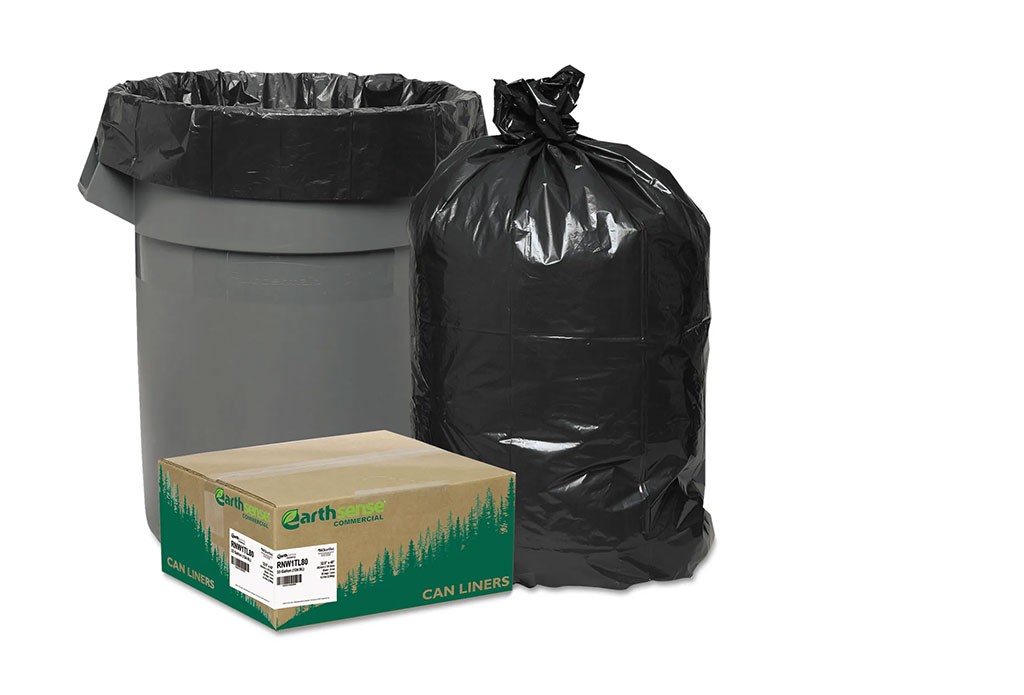

Many people don’t think about the kind of trash bags they buy for their space. Does it collect the garbage, and can I carry that bag out to the trash can? Works for me!
But there are larger things to think about when referencing waste on a larger scale. Perhaps you need something that works better for an industrial facility where heavier, bulkier trash is the norm. Perhaps you work in landscaping and need bags that will contain large amounts of leaves, grass, and other yard refuse without bulk or weight. Taking all these ideas into consideration, we’ve put together some information about the types of bags we offer and their best uses.

High Density Trash Bag Source: www.benjaminofficesupply.com
High density polyethylene trash bags (HDPE) are widely available. They are produced in tightly packed straight molecules from high molecular density resins. This allows them to be directionally strong because of those straight molecules only facing one direction. However, they are thin and not puncture resistant. High density bags are measured as in microns, which is 1/1000 of a millimeter. High density bags can vary from 5 to 24 microns in width, which is dependent upon the use of the bag. This makes them ideal for carrying soft, yet heavy loads that do not have rough edges, like:

Low Density Trash Bags Source: www.benjaminofficesupply.com
Low density trash bags, linear low-density polyethylene (LLDPE), are made from high quality resins. These allow them to be thicker, more flexible, and more resistant to tears or punctures than high density trash bags. Because of their durability, LLDPE bags are incredibly durable and are great for bars and restaurants, demolition & construction refuse, outdoor trash cans, kitchen trash, and more. Low density bags are measured in mils, which is 1/1000 of an inch, as opposed to microns in HDPE bags. A higher mil count will equate to a thicker bag. For instance, a standard kitchen trash bag is .9 mil, while a contractor bag can be as high as 6.0 mil. The mil size will vary depending on the use of the bag itself. They are ideal for trash that contains:
The most widely used trash bags are often sealed with a star seal, as the bottom can easily conform to any shape garbage can. They are sealed in a central spot on the bottom, with the folds of the bag coming out to form a star shape. This eliminates gaps along the seal where leaks can occur and are able to distribute weight evenly and maximize carrying capacity, virtually eliminating leaks. They are sized in two dimensions.
Gusset seals, while not widely used, are great for large, bulky items. They are flat sealed at the bottom but indented along the sides at the bottom to form a gusset, allowing for the bag to expand. While these have a potentially weak seal and are not good for preventing leaks, they are great for transporting bulkier, cumbersome items. They are sized in 3 dimensions.
The flat seal is, you guessed it, flat as a pillowcase. Flat Seal bags are leak proof but do not conform well to the insides of most trash cans and can therefore be a bit clumsy to handle. Home kitchen garbage bags are usually flat seal, as they are easily packaged to save space in a home. They are sized in 2 dimensions.
